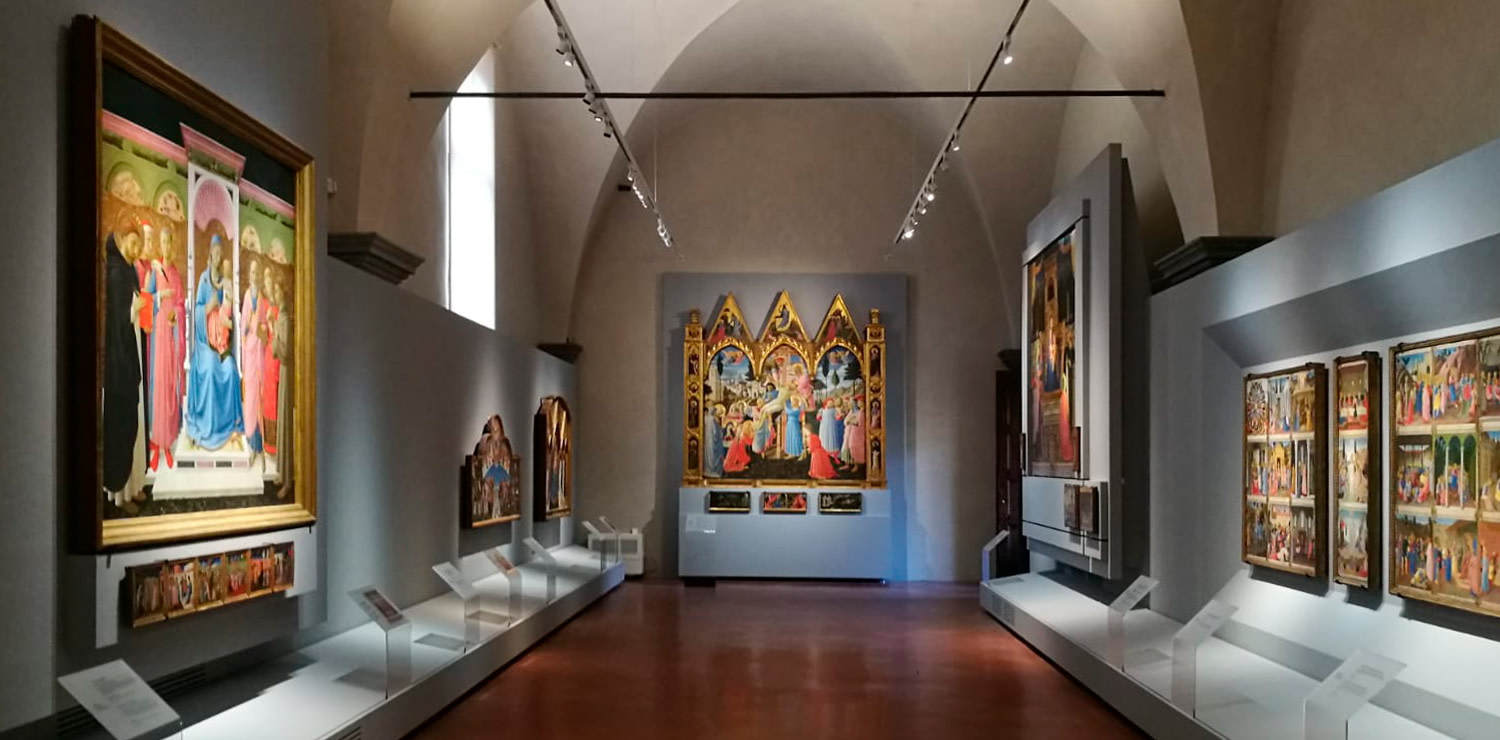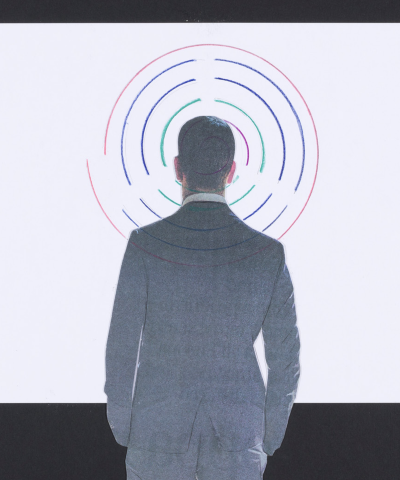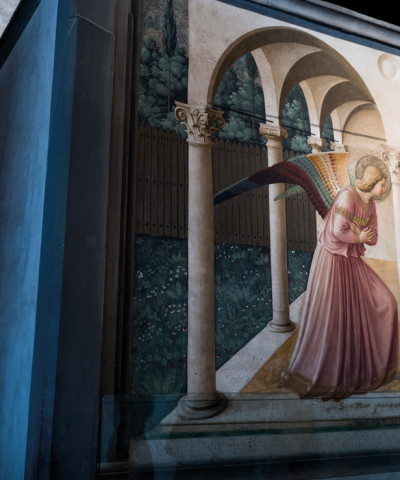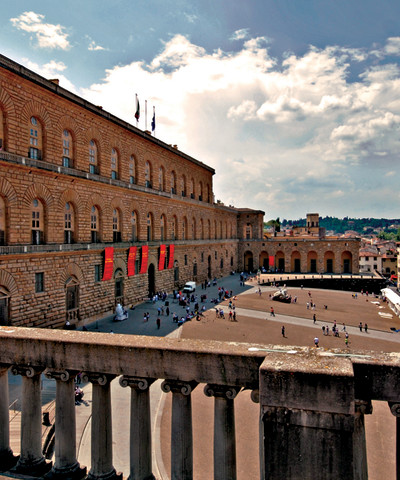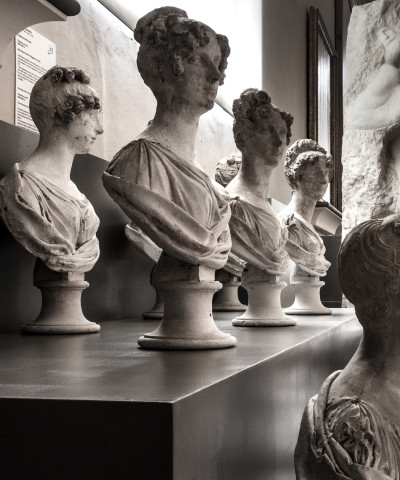The new Beato Angelico of San Marco
The room dedicated to the great Renaissance master in the Florence Museum has been reorganised
Inauguration of the new Beato Angelico Room at the San Marco Museum, entirely refurbished thanks to Friends of Florence. The inauguration of the hall represents the last ideal act that closes the celebrations for the 150th anniversary of the Museum, after last year's presentation of the restorations of the masterpieces of the Last Judgement and the San Marco Altarpiece.
The room, built in 1918-1921 and improperly called the Hospice of the Pilgrims, reinforces the fundamental content and origins of the famous Florentine museum, founded in 1869: that of a museum consecrated to the art of Beato Angelico, founding father of the early Florentine Renaissance.
16 extraordinary masterpieces by the painter and Dominican friar, from the most monumental panels, such as the Deposition of Christ for the Strozzi Chapel in Santa Trinita in Florence, the Annalena Altarpiece and the grandiose San Marco Altarpiece, with the surviving parts that escaped dispersion, and the Tabernacle of the Linaioli, to smaller paintings, such as the panels of the Armadio degli Argenti, the highly refined predellas and the reliquaries. On this occasion, the Lamentation over the Dead Christ was also the subject of a cosmetic rearrangement of the lower part, previously
This is now the most important selection in the world of works by one of the highest and most fascinating personalities in the history of art, and the new layout allows us to enjoy the astonishing charm and sublime quality that transpires from the paintings on wood and by Beato Angelico: a clear and refined design, on which is grafted a pictorial drafting that, particularly from the early maturity phase onwards, reaches unsurpassed heights of pictorial delicacy and transparency.
New structures, a refined chromatic background and technologically updated lighting have been designed for the room. The works now follow a coherent chronological sequence, also enhancing the harmonious relationship of their dimensions within the spaces of the room.






